
- Tacky and supportive in the dry
- Great damping from this DH casing tyre
- Not too pricey
- Less traction in loose or wet conditions
- Bent the bead on a 29er version
Developed with downhill World Cup racer Aaron Gwinn, the Kenda Pinner Pro in the AGC casing is a hard hitting, tough and tacky tyre built for gravity-fed riding. It's great for hard, fast, dry and rocky tracks, but it's not designed for anything else – ride it in mud, loose dust or changeable UK conditions and you quickly discover why.
- Buyers guide to mountain bike tyres
- The best floor pumps for mountain and gravel bikes 2020 - top track pumps reviewed and rated
- Is it worth converting your mountain bike to tubeless?
Kenda says the tyre, designed with gravity riding in mind, has excellent predictability and a consistent contact patch when cornering. Our test tyre is the AGC version – the downhill casing – making this a relatively heavy beast at 1,305g. In the absence of any downhill bikes to test it on, I put a pair on my e-bike. If it's the lighter, ATC enduro/trail bike version you're after (923g in 27.5"), watch out for our upcoming review from Jim.
The AGC casing involves the 'Kenda Vector Shield' of woven aramid, which sits under the tread/along the sidewalls as protection from punctures and cuts. I've used this tyre on the front and rear of my e-bike and had no punctures at all.
It took me a while to get the Pinner Pros sealed on my Roval wheels. After a couple of rides, however, the sealant did its job and the tyres stopped losing air overnight.
The tyre also has what Kenda calls Race Stick-E Rubber (RSR), which is a dual layer of rubber with the soft RSR compound on top and a stiffer compound as support underneath. There's certainly no wandering from the side knobs, so it seems to work, although the tread of this tyre isn't particularly high. In fact, it's pretty ordinary, with large flat blocks rather than spiky ones.
This tread pattern excels in the dry, on hard pack and rocky terrain, where the tacky exterior grips like a limpet.
Take it into loose dry loam or slick conditions, however, and it's quick to struggle – especially fitted on the front. In loose dust the front tyre wanders, unable to bite into the dirt. It's the same in wet, sloppy conditions too, as the large flat tread is unable to really dig into the ground and maintain traction, especially on tricky cambers.
As the Pinner is an explicitly dry-conditions tyre this is entirely reasonable; just don't go thinking it'll suit as an all-rounder anyway, at least as a front. It's an ideal tyre to fit specifically for summer trail centres or the Lake District's rocks on a dry day, for example.
As a rear tyre it's more versatile. It offers good braking grip wet or dry, as well predictable handling as it breaks loose but comes back into line with grip in a reassuring way. It's not unlike the Specialized Butcher, in fact, another tyre I prefer as a rear.
One issue I suffered, however, was hitting a corner hard and managing to bend/stretch the bead of the 29er tyre. It stayed seated and the wheel was still true, but the tyre was decidedly wobbly... I've been using a 27.5" version on the rear too, and hitting the same corner without the same problem.
The weight of over 1,300g is a lot for a trail bike, but if you don't mind the heft, the casing gives excellent damping that's immediately noticeable out on the trail. The tyres feel predictable when cornering at low pressures, giving even traction throughout the corner without tyre roll. Over rough ground, they dissipate chatter and vibrations well, and all without the risk of dinging rims and getting punctures.
The Pinner Pro is available in 29 or 27.5" sizes in the AGT compound, and just the one width – 2.4" – chosen by Gwinn to suit his rims.
These could be a great choice for a summer Alpine or European holiday, as the grip and support is high and the extra weight won't matter on the chairlift. At £60 the Pinner isn't too expensive either, but it's official description is totally accurate and it's not a great choice for the loose or wet conditions – especially if you plan on using it as a front. That lack of versatility counts against it when there are plenty of other tyres that can do what it does - and more.
You might also like:
- The best 650b gravel and adventure tyres you can buy - tried and tested in the wet and dry
- Your complete guide to Shimano disc brakes




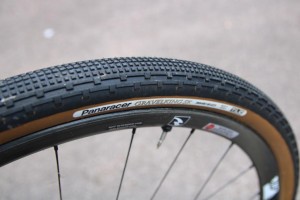
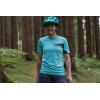
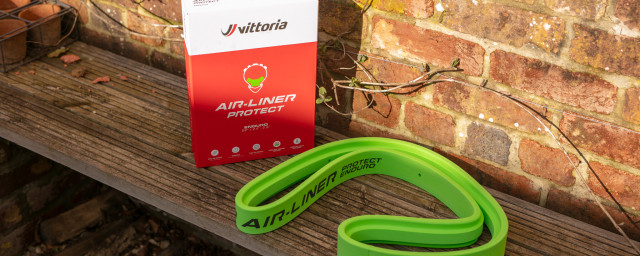
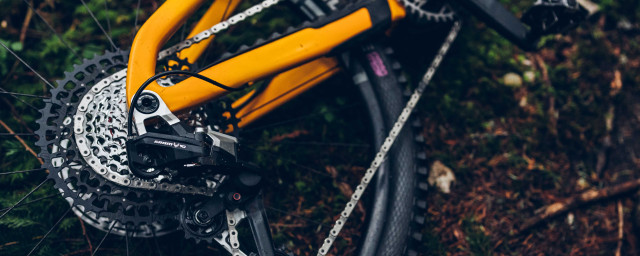

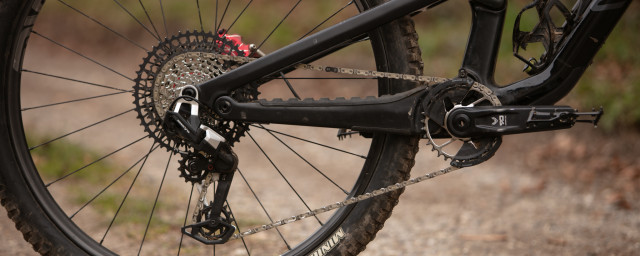
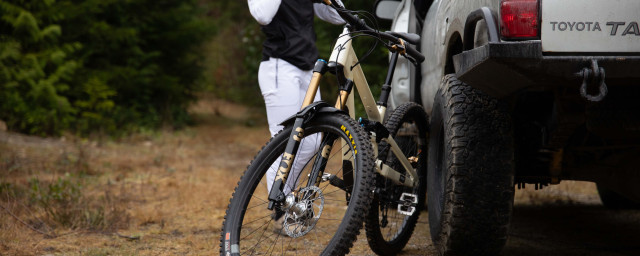
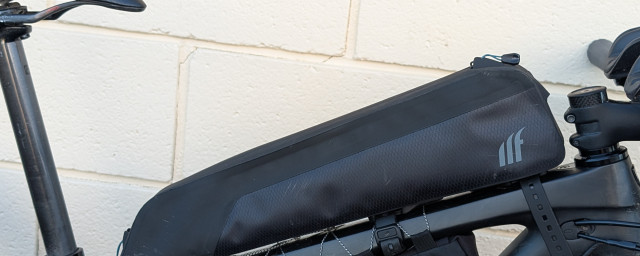
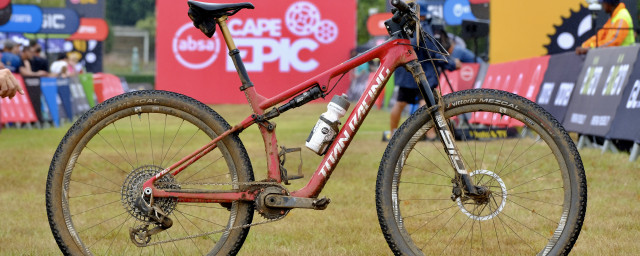

Add comment